Daytime newborn routine
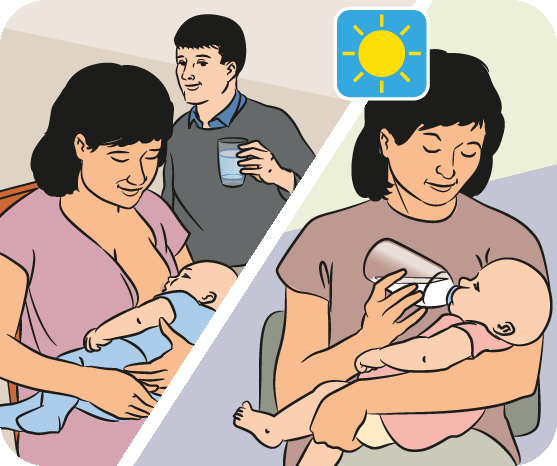
Feed your baby.
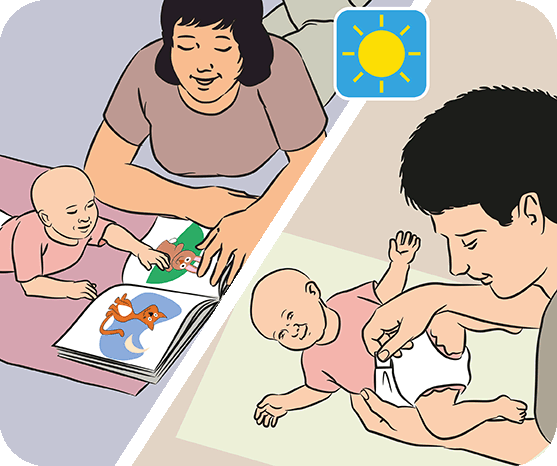
Play with your baby. Check your baby’s nappy. Change it if it’s wet or soiled.
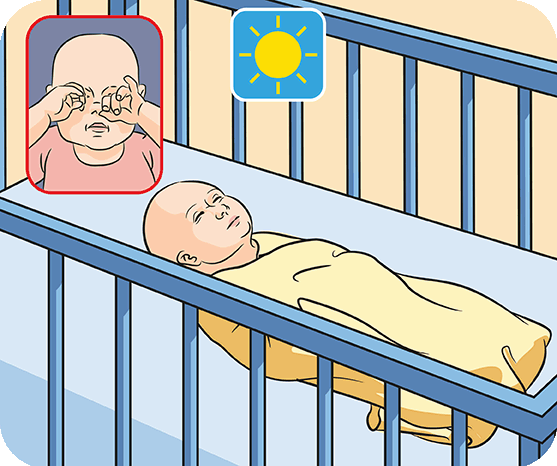
When your baby shows tired signs, put them into their cot to sleep.
Balancing routines with responding to your baby’s needs
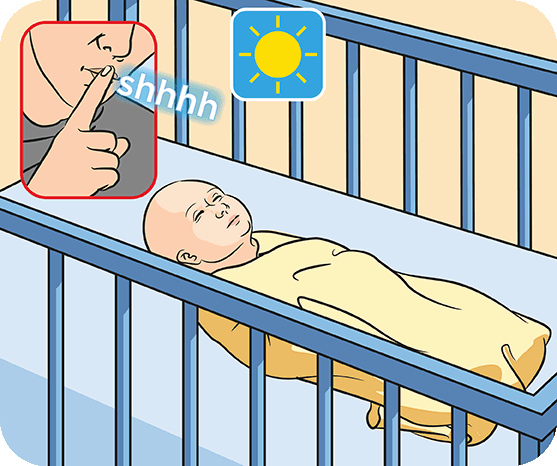
Your baby might need a long sleep. Let your baby sleep. Don’t wake your baby to feed unless your doctor or child and family health nurse says so.
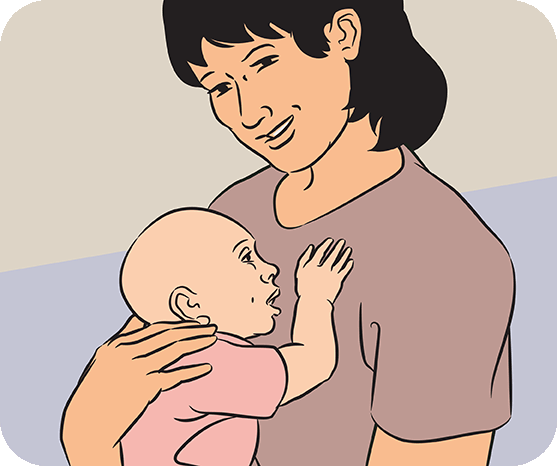
Feed your baby before sleep if they’re hungry. If your baby is hungry, they might cry, make sucking noises or turn to your chest.
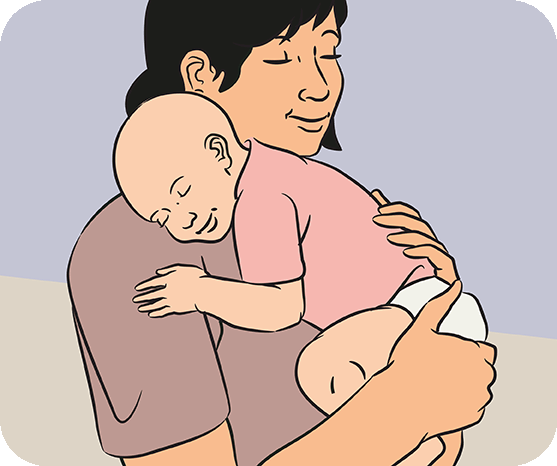
Your baby might want a short play. Newborn play can be just a quiet cuddle or a song.
Night-time newborn routine
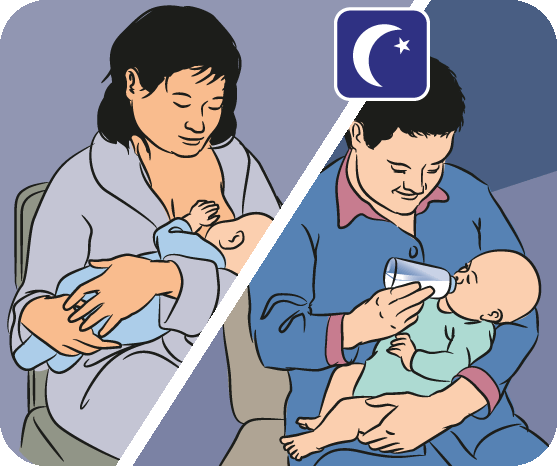
If your baby wakes and it’s over 2 hours since the last feed, feed your baby.
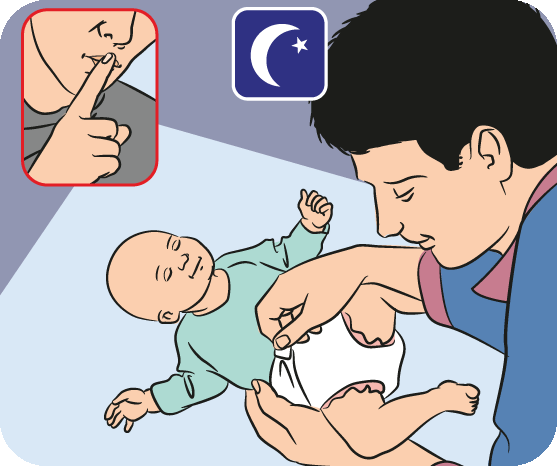
Check your baby’s nappy. Change it if it’s wet or soiled. Try to keep noise and light down.
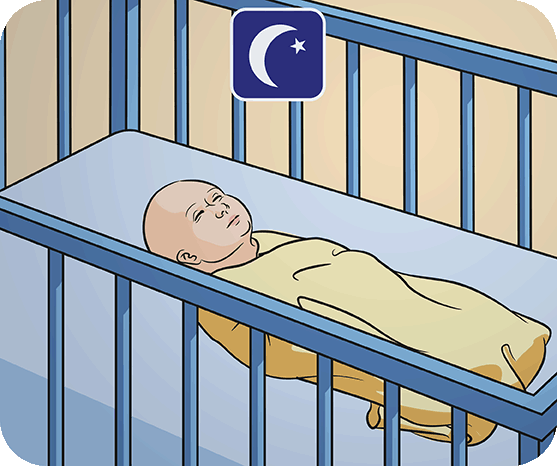
Put your baby back into the cot to sleep.
Languages other than English
- Arabic (PDF: 508kb)
- Dari (PDF: 512kb)
- Dinka (PDF: 527kb)
- Hakha Chin (PDF: 490kb)
- Karen (PDF: 493kb)
- Persian (PDF: 503kb)
- Simplified Chinese (PDF: 497kb)
- Swahili (PDF: 488kb)
- Tamil (PDF: 502kb)
- Vietnamese (PDF: 504kb)